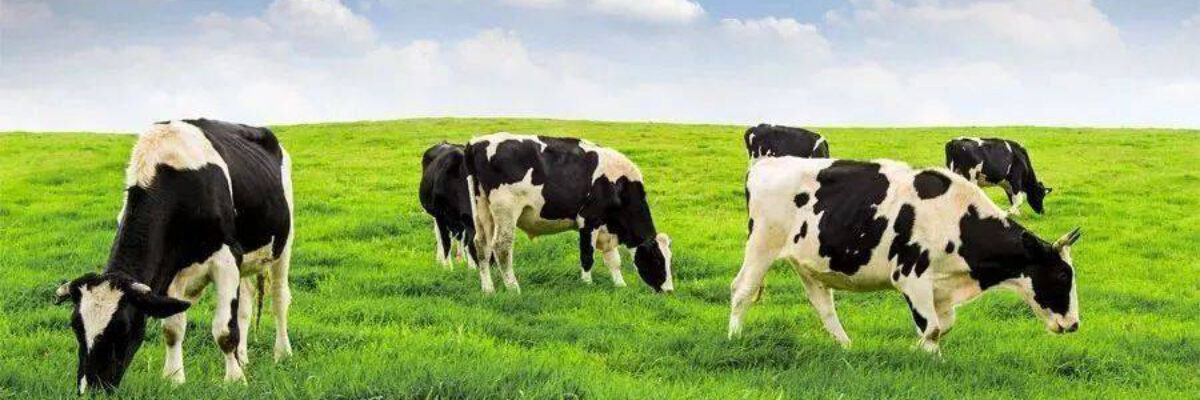Categories
Recent Posts
- Do these 7 things in spring pig breeding to reduce the number of pigs getting sick!
- Five ways to save money raising sheep!
- How to treat piglets without food? How do piglets lose weight without eating?
- In spring, the incidence of rumen food accumulation in cattle is high, pay attention to strengthen prevention and control!
- How to treat the fecal water of pig farms? These methods are worth learning
- What are the characteristics of black nose sheep? What food does black-nosed sheep not eat?
- Six things must be done to raise cattle in spring!
- What are the symptoms of cattle anthrax? Will cattle get sick after using anthrax vaccine?
- Summer is hot! How to prevent heatstroke and reduce the temperature of dairy cows?
- What is the reason for lack of manganese in cattle? What should cattle do if they lack manganese?
What are the symptoms of cow ketosis? How to treat cow ketosis?

Cow ketosis is a nutritional disease that mainly occurs during labor. It mainly occurs in high-yield cows with good nutrition during labor. The incidence rate and mortality of calves have increased, and some cows can not be cured for a long time and will be eliminated after repeated diseases. Ketosis of dairy cows often occurs in the feeding period in winter and spring. Once the disease occurs, it will have a serious impact on dairy cattle, seriously restricting the stable and healthy development of dairy cattle breeding industry. So today’s editor will talk about the symptoms of cow ketosis? How to treat cow ketosis?
What are the symptoms of cow ketosis?
- Recessive ketosis in dairy cattle
It can be seen in the early stage of mild or ketosis, and often has no obvious clinical symptoms, but the test can find that the content of blood, milk and urine ketone body is increased. According to the data, when cows have recessive ketosis, the concentration of ketone body in their blood and milk increases, while the content of urea decreases. - Clinical ketosis of dairy cows can be divided into digestive ketosis and nervous ketosis.
Clinical symptoms of peptic ketosis: poor mental status, decreased feed consumption, and anorexia; The exhaled gas, sweat and urine have the smell of acetophenone; The amount of milk decreased, and gradually became thinner, anemia, diarrhea or constipation, and shortness of breath.
Clinical symptoms of neuroketosis: mental excitement, mania, and aggressiveness; The mouth keeps chewing and salivating; Neck and face muscle spasm, body convulsion; Indifferent to external stimuli, unable to stand or lie on the ground, and death may occur in serious cases.
How to treat cow ketosis? - Sugar supplement: use 25%~50% glucose solution, intravenous injection, 300~500 ml each time, twice a day. For severely ill cattle, insulin can be injected intramuscularly for 100-200ed, 1-2 times a day. For the application of raw sugar, sodium propionate, 120~200g of cow, can be mixed in the drink, or taken by gavage for 7~10 days.
- Hormone therapy: in order to promote the gluconeogenesis, pituitary adrenocorticotropic hormone (acth) is applied and injected subcutaneously once; If necessary, it can be injected again at the same dose after 3-4 days. Intramuscular injection of cortisone or hydrocortisone, 10 ml each time.
- Symptomatic treatment: when the heart is weak, caffeine and coramine can be injected subcutaneously; Chlorpromazine and chloral hydrate can be used for neuroketosis; In case of acidosis, 300~500ml of 5% sodium bicarbonate solution can be injected intravenously, or 50~100g of sodium bicarbonate can be taken orally; Calcium can be used when production is paralyzed.
The above is about the symptoms of cow ketosis and how to treat cow ketosis.
